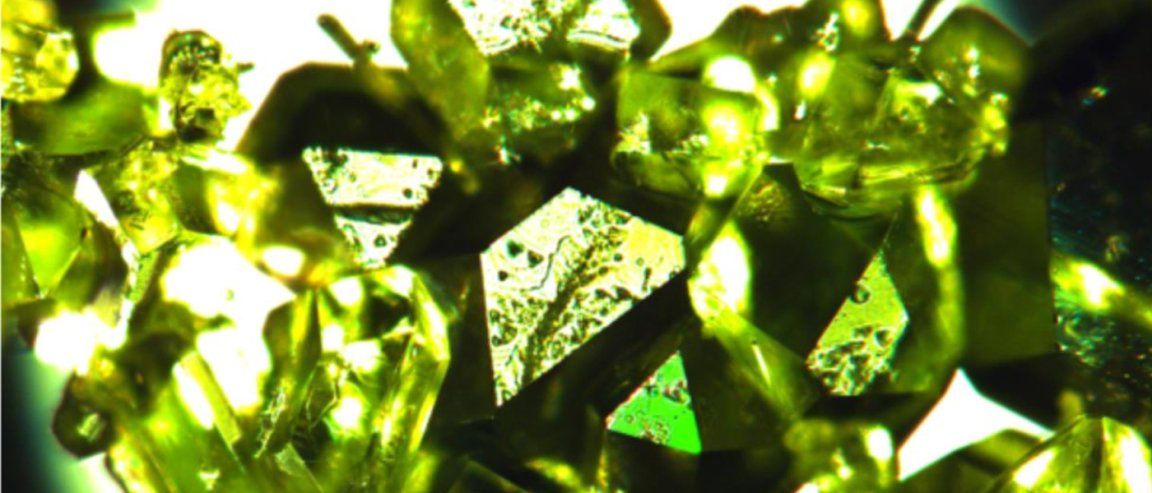
Proverbial Diamond in the Rough
More than 70 years ago, two strange minerals were discovered in a mine in Siberia, 230 metres underground below thawing permafrost. The stepanovite was found by Russian geologist Pavel Ivanovich Stepanov, and the zhemchuzhnikovite which was discovered by Yurii Apollonovich Zhemchezhnikov.
The world didn’t make much of these discoveries because we didn’t have the technology to examine these minerals. So for decades, they sat forgotten in storage.
However, in 2010, Tomislav Friščić, associate professor at the McGill University’s chemistry department, dug up information on the minerals and found their structural descriptions were an incredible match to a group of substances called metal-organic frameworks (MOFs)—emerging materials currently being developed for highly promising fuel storage, as well as greenhouse gas elimination.
These MOFs were previously thought to only exist in laboratories as artificial “designer solids,” and have never been known to occur in nature; until now.
Friščić had to replicate the two minerals in the lab to see that they were similar to MOFs. A group of researchers then set out to track down the actual decades-old samples to analyze their structures, and guess what? Friščić was right!
Why Are They Important?
MOFs are materials that can serve as molecular sponges that soak up gases like hydrogen and carbon dioxide. It is believed that MOFs could potentially be used to lock away excess CO2 for hundreds of years while keeping oxygen free-flowing. This could just be what we need in this age of global warming.

Scientists have been growing MOFs in labs since the 1980s. Due to its methane storage capacity of the porous crystalline material, it can carry more fuel than a conventional pressure vessel at a very small size. One compound broke records in 1999 when a certain type called MOF-5 was developed by University of California, Berkeley chemist Omar Yaghi (who is also one of the one of the pioneers in the field). This particular MOF can contain a whopping 2,300 square metres of gases per gram!
The problem is while MOFs’ storage capacity is remarkable, the material itself is too frail, and collapses as soon as the guest molecules, such as the fuel gases it contains are taken out. Recent advancements brought the material back to light, when the world’s largest chemical producer BASF implied that they are solving this main obstacle and getting MOFs ready for a commercial debut.
What Else Did We Miss?
Given the fact that these two minerals had been sitting in storage without being recognized for what they were, it’s highly possible they are not the only ones we’ve overlooked. They could be more common in our environment than we think.
So does this mean all these decades of studying and synthesizing MOFs was a waste of time? It may be too early to tell. Over 20,000 varieties have been synthesized since and these can be used in a wide variety of applications.
For sure, if this discovery came earlier, we would have gone way farther in the field than we are now—Friščić estimates a 30-year acceleration. And if, at some point, we find more of these naturally occurring MOFs, and even just one of them proves to be far more useful than any of the 20,000 variants our scientists spent decades on…well, let’s just give them a pat on the back just the same?